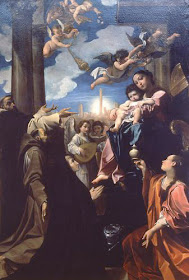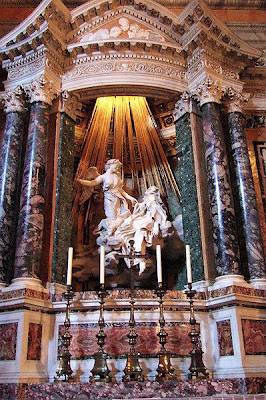This is the second installment of our "The Basics" Series with Lauren and Chloe.
After the Reformation instigated by Martin Luther's 95 Thesis, the Dutch Republic was predominantly Calvinist though there were still many Catholics in the country and grouped together and lived in what was called the Papist Corner of Delft.
The Protestant reformation brought on a wave of iconoclasm (the destruction of religious imagery believed to be a form of idolatry). And in the North, in the Netherlands at least, Protestants shied away from religious symbols. Because of this genre and interior scenes became very popular.
Unlike other parts of Europe at this time the Netherlands had a newly emerging middle class influencing the art of the day. Because of this Baroque art in the North was very different than Baroque art found in Italy.
 |
| Vermeer, Girl with a Red Hat, 1668 |
 |
Vermeer, Woman with a Water Jug, 1662
|
 |
| Frans Hals, The Laughing Cavalier, 1624 |
 |
Frans Hals, Regents of the St Elizabeth Hospital of Haarlem,1641
|
 |
| Pieter de Hooch, The Courtyard of a House in Delft, 1677 |
 |
| Pieter de Hooch, Women Drinking with Soldiers, 1658 |
 |
Rembrandt,
Aristotle Contemplating a Bust of Homer, 1653
|
 |
| Rembrandt, The Night Watch, 1642 |
And from the Flemish Baroque:
 |
| Rubens, The Elevation of the Cross, 1610 |
 |
| Rubens, The Three Graces, 1635 |
Check back next Wednesday for our newest podcast on Poster Art with Lauren and Julia. Also, join us on
Facebook! You can also find all of our past episodes on iTunes U (link is in the side bar).



































